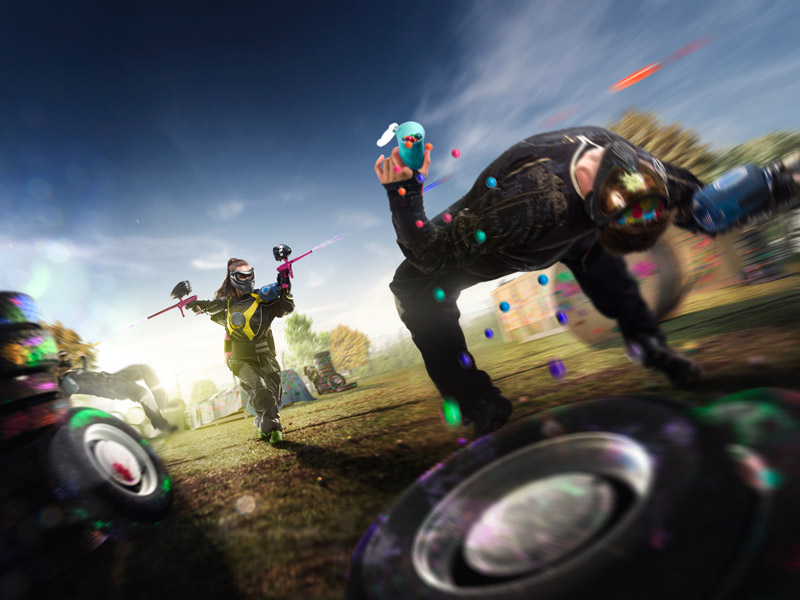

Do Paintballs Stain Clothes?
Paintball is exciting and generally safe… whether you’re playing it for the first time or a hundredth. The best part is when you’re in the field, shooting your friends, running, hiding, sniping… But there’s a problem. Paintball pellets!
When the pellet hits you, what happens your clothes? Do they stain and damage your clothes? Let’s find out in today’s blog.
In short, paintballs won’t stain your clothes permanently. You’d be shocked to know that they are not made from actual paint (oh! The scandal!). Paintballs are actually made from non-toxic, water-soluble and bio-degradable products. This means, coloured stains can be removed easily. But if you let the stain linger on for too long; it might be too late to make your clothes clean for the next trip to the paintball field. Before we tackle how to clean paintball stains, let’s get into the nitty-gritty of how paintballs are made of.
Do Some Types of Paintballs Stain More Than Others?
Even if you take great care in washing your clothes after a game of paintball, some types of paintballs tend to stain clothes more. It generally depends on the three factors below:
Paintball Dye
Pink or red paintball dye have stronger stains due to the food colouring in the paint mixture. Red is a more aggressive colour and is therefore more likely to permeate your clothes, especially if you’re wearing white or lighter colours. Wear dark coloured clothing to prevent this from happening.
Paintball Quality
A paintball’s quality is defined by the regularity of its shell, of its weld, its staining power, its fragility (promotes breakage upon impact), and its resistance (ensures that it doesn’t break in the launcher). Poor quality balls are likely to stain clothes more as the mixture is less soluble in water. Keep in mind that some paintball facilities actually sell poor-quality balls. It is therefore important for your safety (because cheap paintballs tend to be quite hard and pinch the skin more), when choosing a paintball establishment to be sure of the quality of the material provided.
Paintball Date of Manufacture
The paintball’s date of manufacture is also related to its quality. Indeed, paintballs should be used soon after manufacture. If they are too dry, they are likely to stain the clothes more. Ideally, you should go to a busy paintball facility, where the balls are quickly used up and new ones regularly availed to players.
Final Thoughts
If paintballs are of good quality, they should not leave stains on your clothes. This is because of the specific material (gelatine) that they are made from. Just make sure that you wash the stained clothes as soon as you return from the field. Keep it for longer than a day and you’ll find your clothes permanently stained. This way, you’ll be ready for the next surprise paintball session with your friends… safe in the knowledge that you can always keep your favourite clothes stain free.

